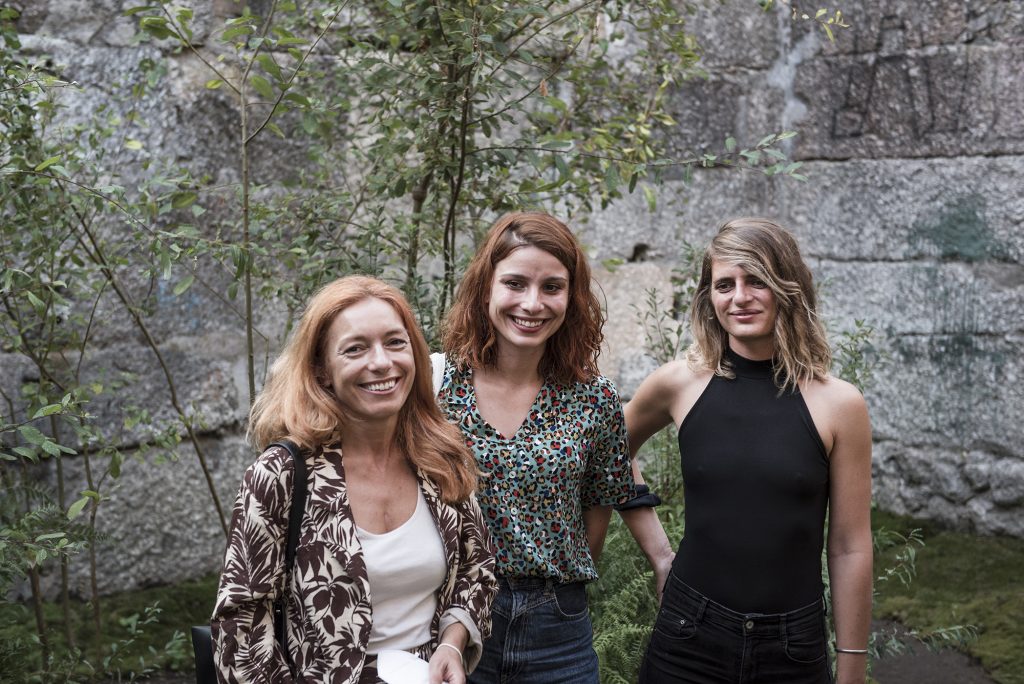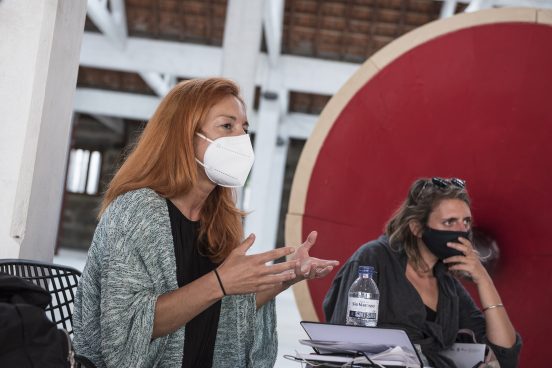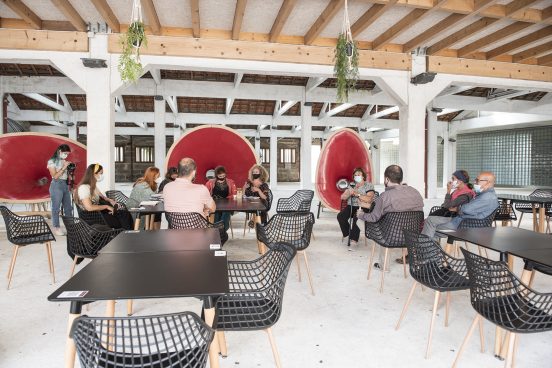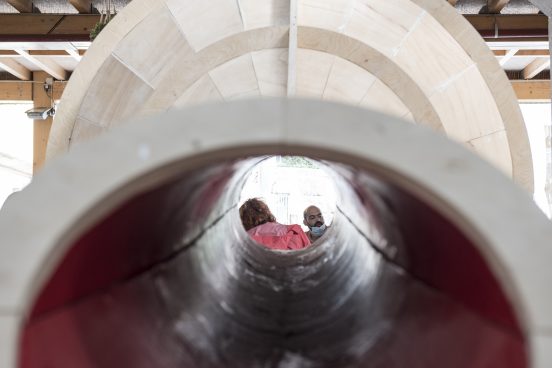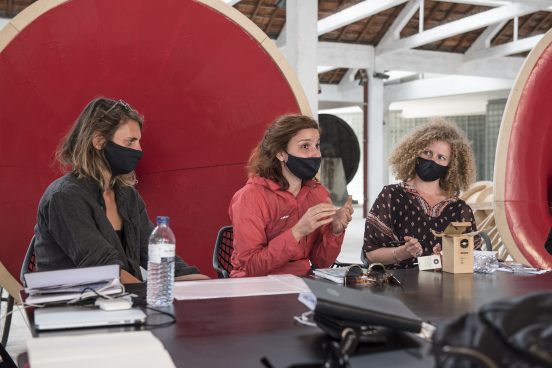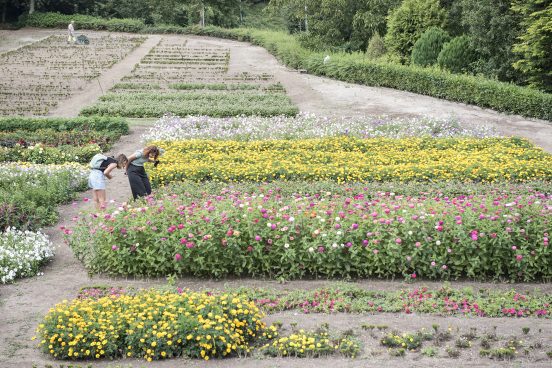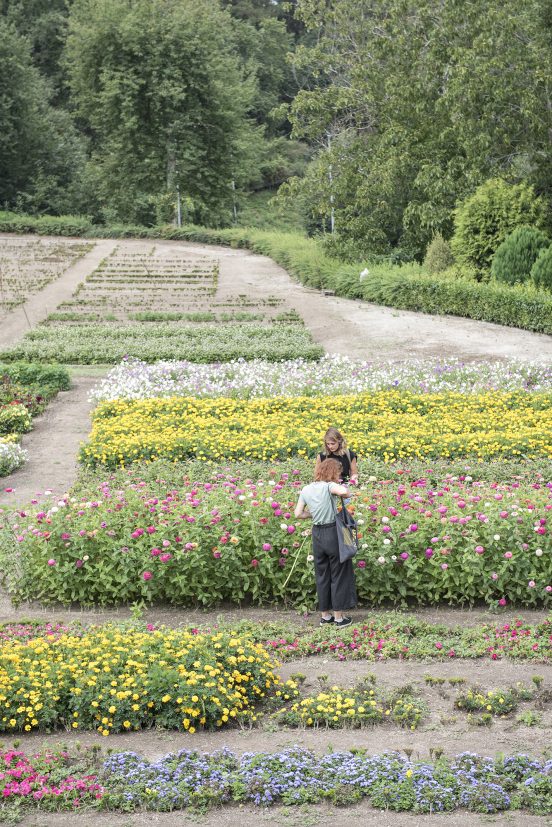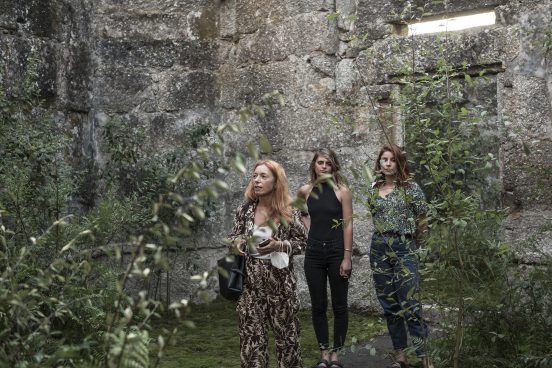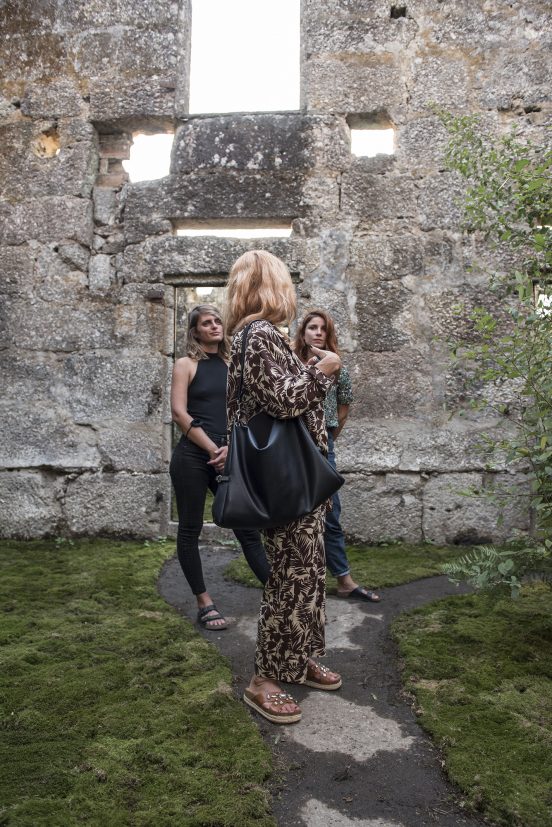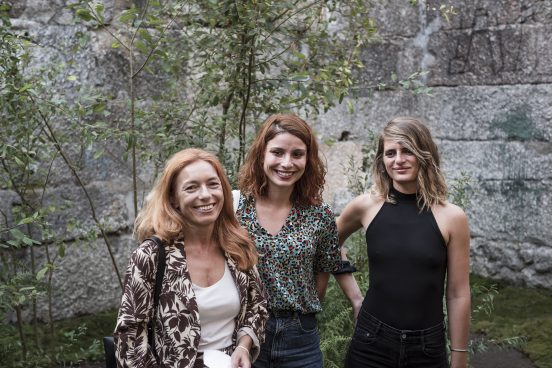Within the scope of MagiC Carpets (Creative Europe) project carried out by Ideas Emergentes, during the 4th consecutive year, the total of 3 artist residencies have taken place in the city of Guimarães.
From the curatorial proposal of Cláudia Melo, who points out the need for addressing the urgent, critical awareness of the individual and the collective, the artists Lucie Dehrmain (France) and the Paprat collective (Iva Peručić and Maja Subotić Šušak, Croatia) developed their projects during the month of August, in the territory of Bairro C and with the involvement of its communities.
In this edition, the residencies included the collaboration with Onda Amarela and the Landscape Laboratory and were implemented with the support of the Municipality of Guimarães.
The public presentation of the results of the residencies took place on the 2nd of September in Guimarães.
PAPRAT KOLECTIV
(IVA PERUČIĆ and MAJA ŠUŠAK SUBOTIĆ)
Title: Solution Ø
Materials: Moss, plants, soil, mirrors, wood.
Dimension: 6×10 m
The remaining structures from the leather and textile industry stand full of potential, but their brighter future is currently still unknown. We are in a similar position as humans, in need to find a brighter future than the one predicted (global warming, natural catastrophes, the pandemic etc). While we are searching for possible solutions, nature is finding its way to grow throughout the Couros’ structures and proposing its own set of rules. By emphasizing the overlapping of human-made and natural/wild, the work proposes future coexistence and communication, blurring the border between the city and the wilderness in order to learn from the natural structures and implement their knowledge into our own evolution.
The work questions our ways to communicate with the flora by creating a space for correlation. The main form of communication with plants is chemically based and trough our chemoreceptors – basically the exchange of nutrients, oxygen and carbon dioxide, but also information about each other through our breath, hormones, pheromones, touch, sweat, toxins.
You are invited to come inside the structure and have a moment of thought about the fact the plants are on this planet much longer than we are, especially moss, that is one of the oldest plant species on the planet – it is over 400 million years old, while we are here for only 0.3 million years. Consider the idea that they are in a higher evolutionary state, and even the possibility they have a solution. (text from the artists)
